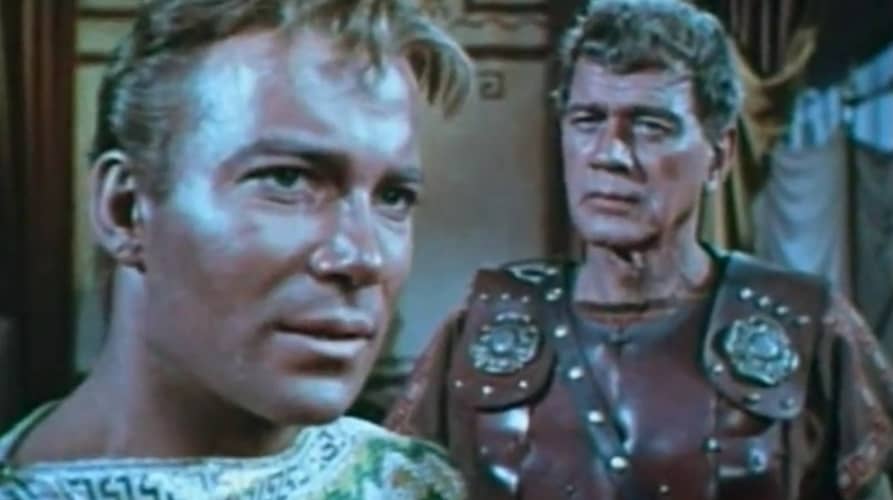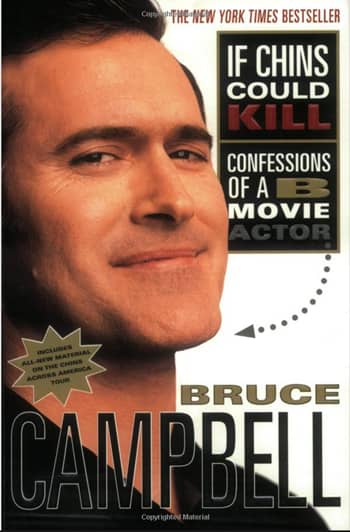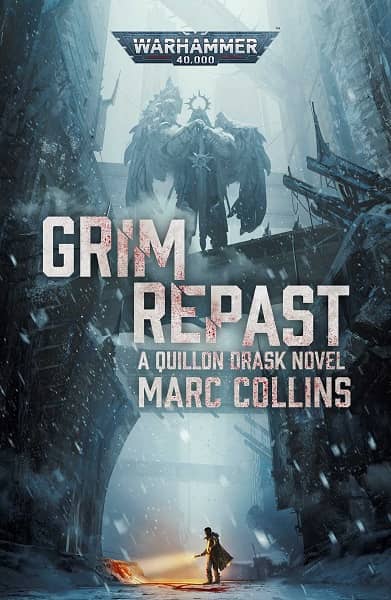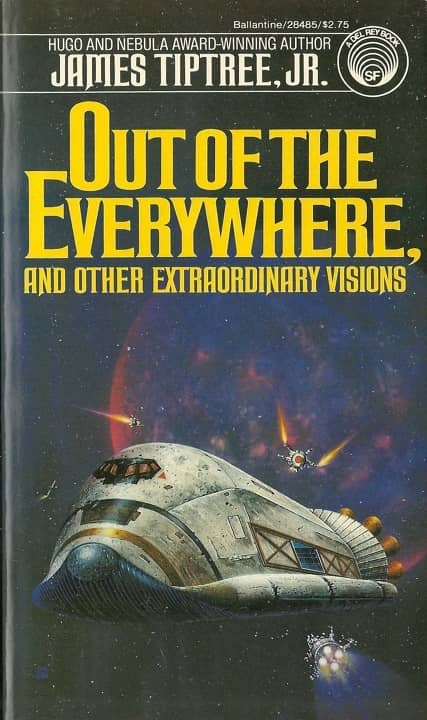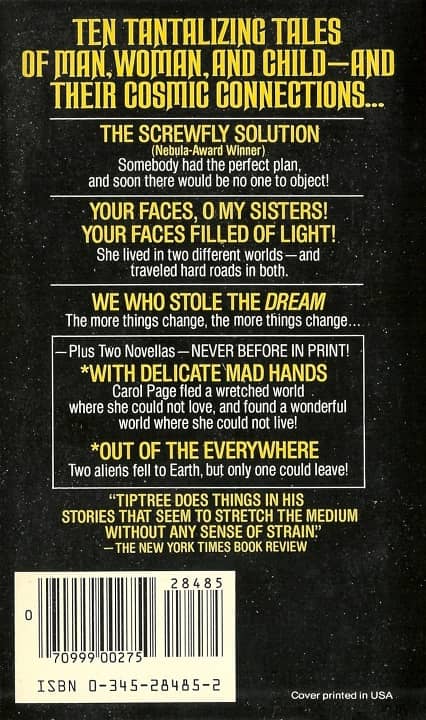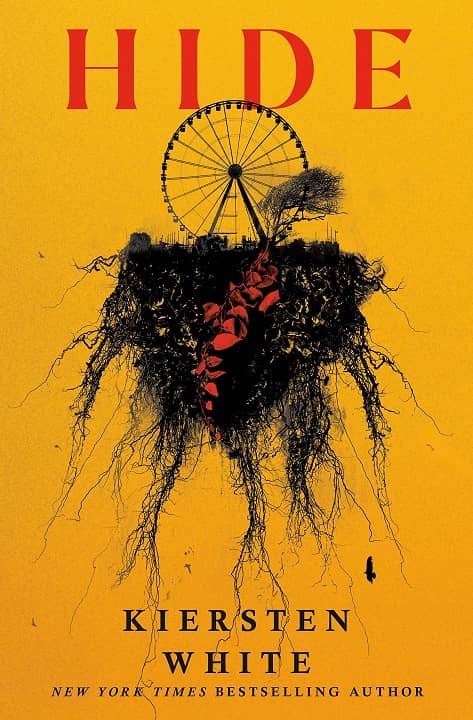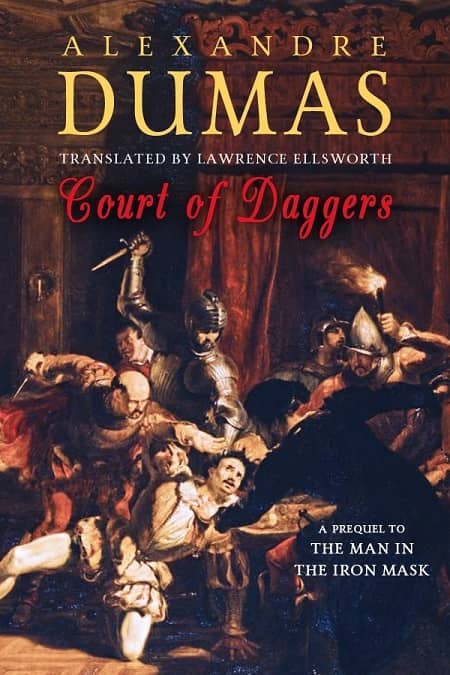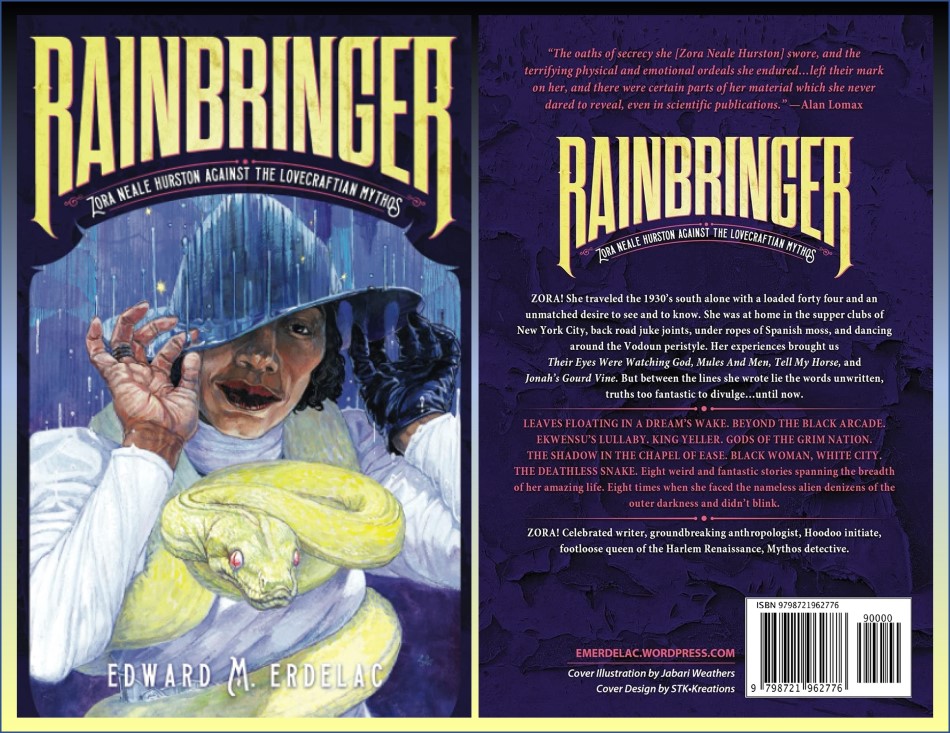Ellsworth’s Cinema of Swords: Alexandre/Alexander
William Shatner in Alexander the Great (USA, 1968)
To explain the title: this week we’re covering a lesser-known version of Alexandre Dumas’ Three Musketeers, plus a movie about Alexander the Great. If this seems like a weak pretext for a Cinema of Swords article theme, you’re right — mea culpa, it’s a fair cop, I’m busted. The fact is, I was desperate for an excuse to bring you a review of an obscure adventure film about Alexander the Great that stars — wait for it — none other than William Shatner and Adam West!
But we’ll start with the other Alexandre, a French Three Musketeers from the mid-Fifties, preceded by Fanfan la Tulipe, the hit film that brought swashbucklers back to the French cinema. However, if you feel the need to skip ahead to the Shatner flick, hey, this is the internet, no one’s looking.
